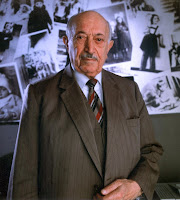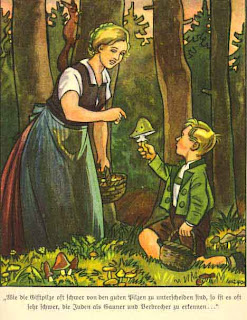NOTE: The following Extra Credits are for both US and World History classes. They are separated into topic areas, so read the directions to know what to do for each.
The Nuremberg Trials
Extra Credit: The Nuremberg Trials - These trials of Nazi leaders were conducted in Nuremberg, Germany after WWII. Set up by the International Military Tribunal (IMT) by the victorious Allies, twenty-two former officials were tried in court for war crimes. Twelve were sentenced to death, but many of the highest officials of Nazi Germany, including Hitler, Joseph Goebbels and Heinrich Himmler had committed suicide before they could be brought to trial, and Goering killed himself before he could be executed.
Extra Credit - View Historical Film clips from WWII and the Holocaust and write a summary of 1/2 page minimum about what you learned. http://www.ushmm.org/wlc/en/media_list.php?MediaType=fi
Extra Credit: WWII Behind Closed Doors - Although World War II is seen as a fight against the wrongs of fascism, winning the war required Allied leaders to make moral compromises that were often far from right. In the United States, Russian leader Josef Stalin was Time magazine’s 1942 “Man of the Year” and heralded as an American ally because he fought the Nazis in Europe. But before he became Hitler’s enemy, Stalin was his ally and worked with the German leader to carve up nations and eliminate political enemies. Recently unearthed documents reveal a clearer picture of the actions that gave Stalin his iron-fisted reputation and the extent to which the United States and Great Britain accommodated him so he would continue to fight Hitler. Secret Russian documents made available only briefly after the fall of Communism have helped historians get a deeper understanding about what happened between Allied leaders during the war. In WWII Behind Closed Doors, award-winning historian and filmmaker Laurence Rees (Auschwitz: Inside the Nazi State, Nazis – A Warning from History) uses these documents to tell the story of the backroom deals that cost many lives but were seen as necessary evils to keep the Soviet Union in the war. Although about 27 million Soviet citizens perished in the war, Stalin’s long-term payoff was Eastern Europe, which fell under the shadow of Communism after the war and remained there until 1989. For extra credit, watch the following clips and click on the following link to learn more. Write a minimum 1 page summary about what you learned, relating it to what was discussed in class. http://www.pbs.org/behindcloseddoors/











